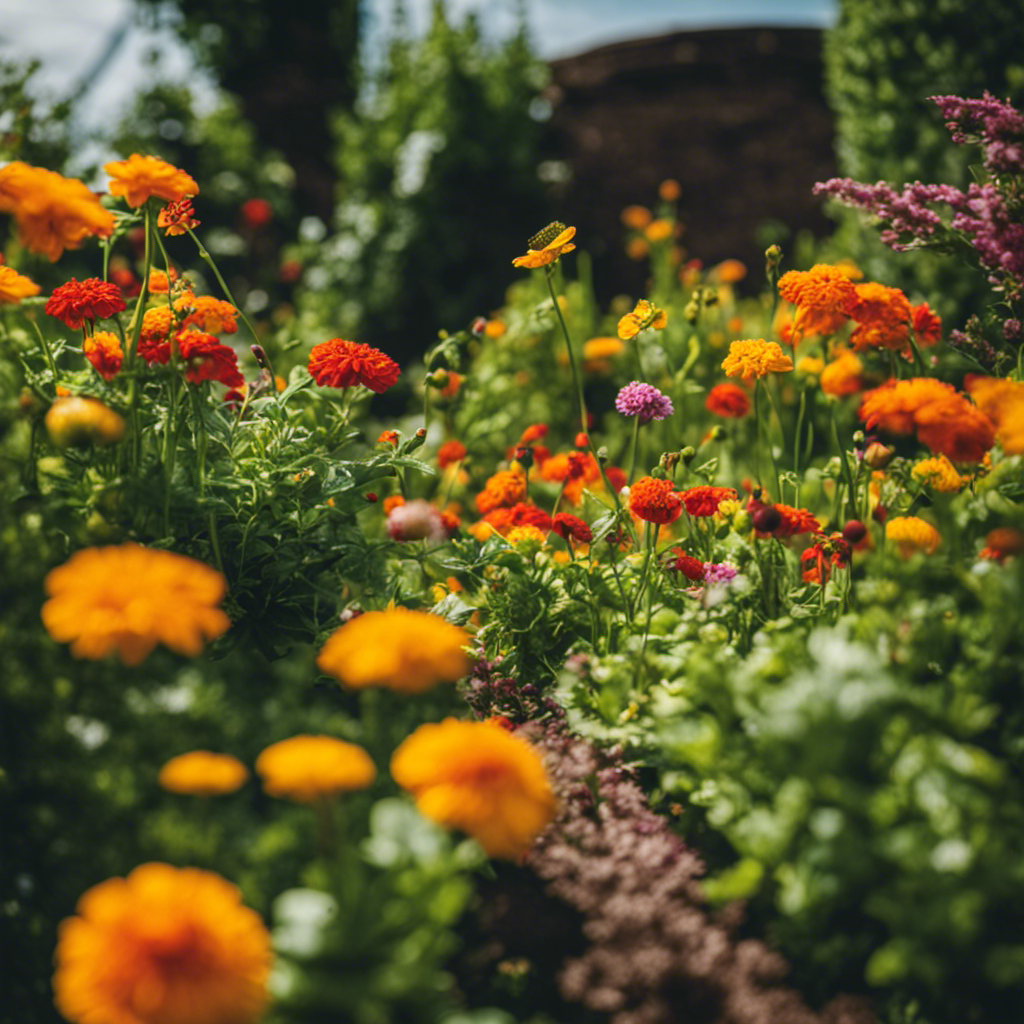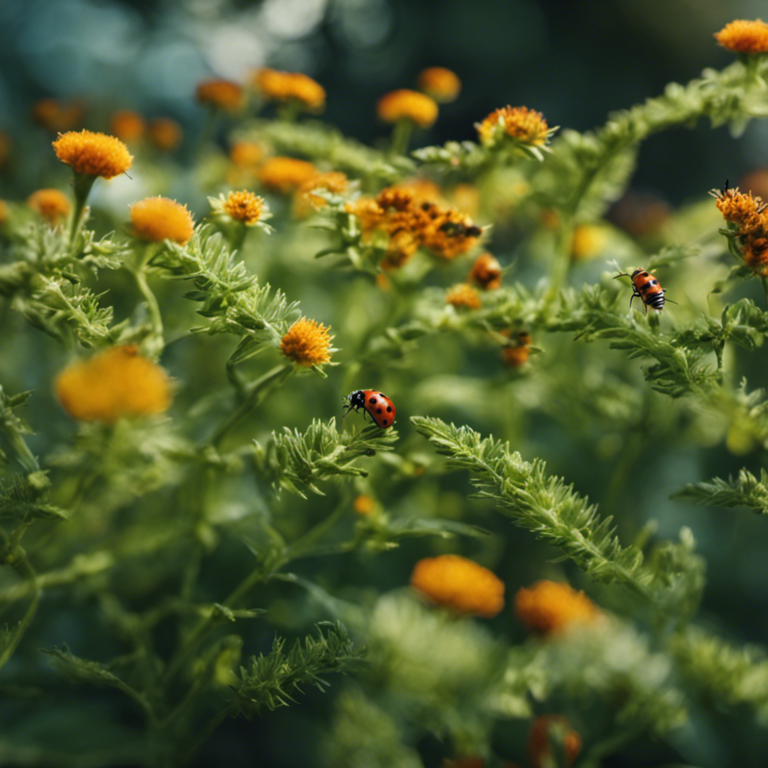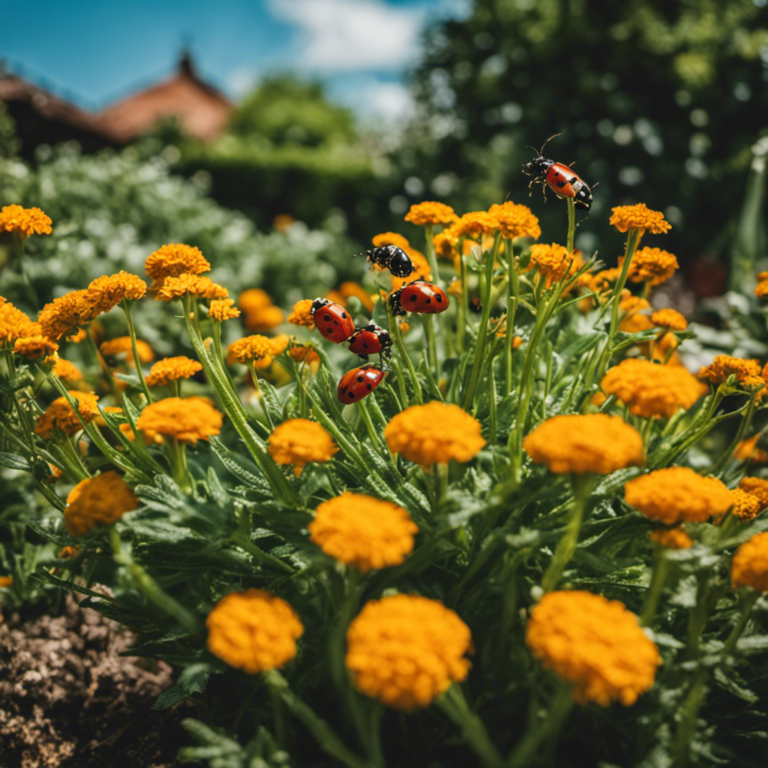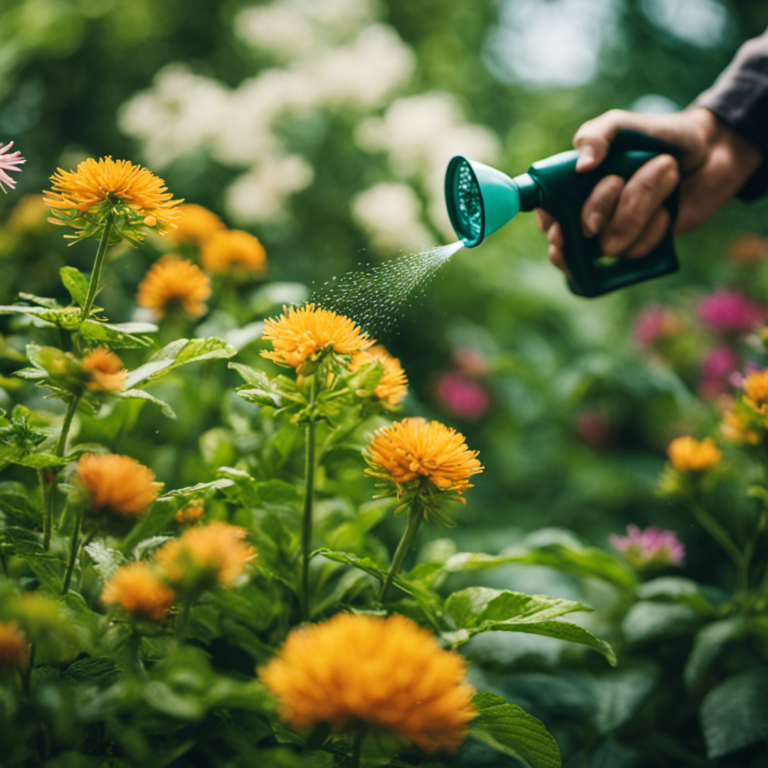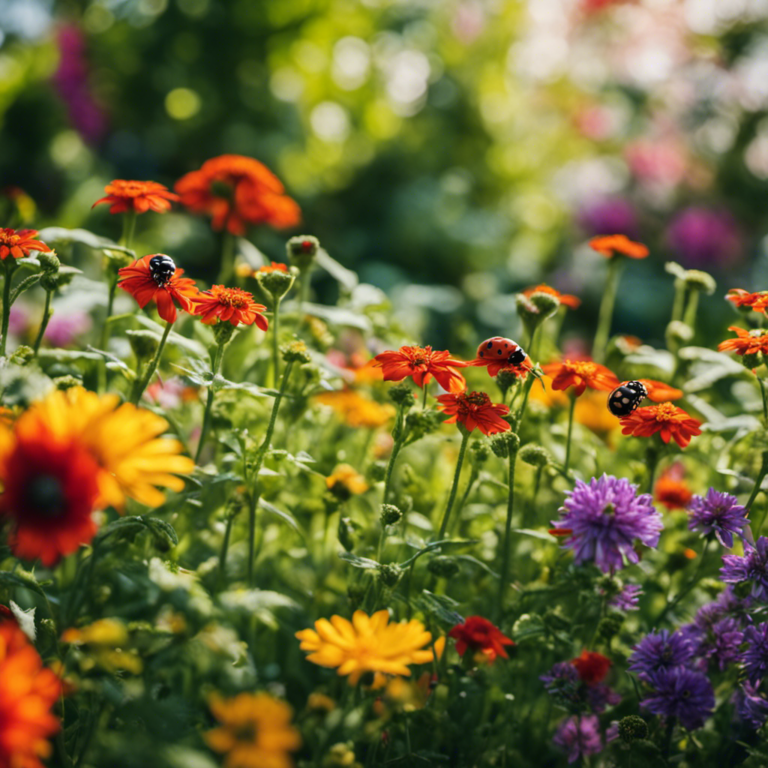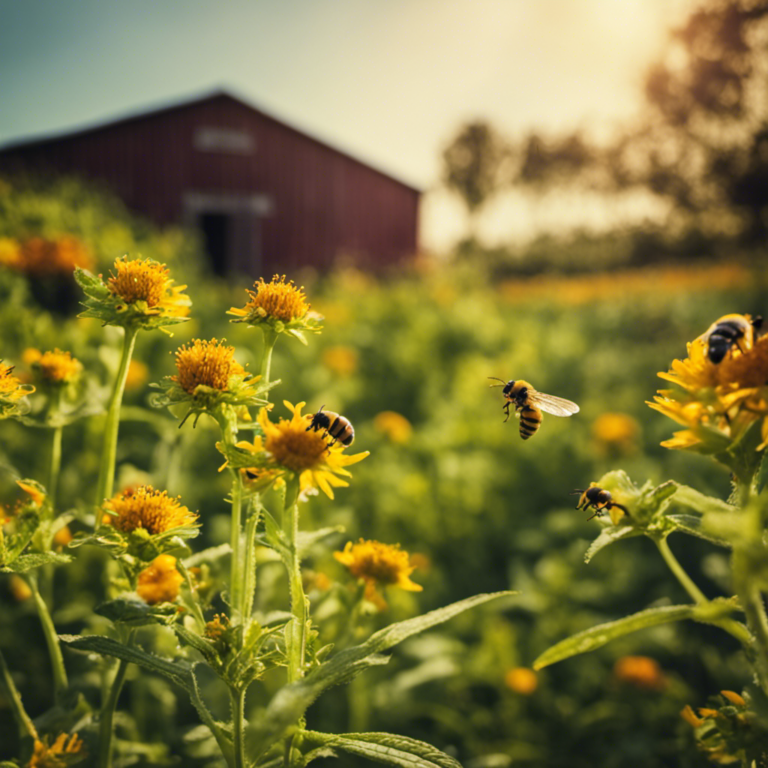Are you tired of dealing with pests that harm your plants? Say goodbye to the frustration and get ready to create a thriving garden!
In this article, we provide expert tips and tricks to help beginners kickstart their green thumb and maintain a pest-free oasis. From using natural predators to implementing organic sprays, we’ll guide you through the world of pest-free gardening.
Transform your garden into a haven of lush, healthy plants with our valuable advice.
Key Takeaways
So there you have it, a beginner’s guide to gardening without pests. By using natural predators, companion planting, organic sprays and solutions, physical barriers, and crop rotation, you can create a flourishing garden without the hassle of dealing with pests.
Now, you might be wondering if these methods require a lot of effort and time. The truth is, once you get the hang of it, gardening becomes a rewarding and enjoyable experience. Don’t let the fear of pests discourage you from starting your journey as a gardener.
Remember, gardening is a delightful journey that rewards both effort and patience.
Happy gardening!
Natural Predators
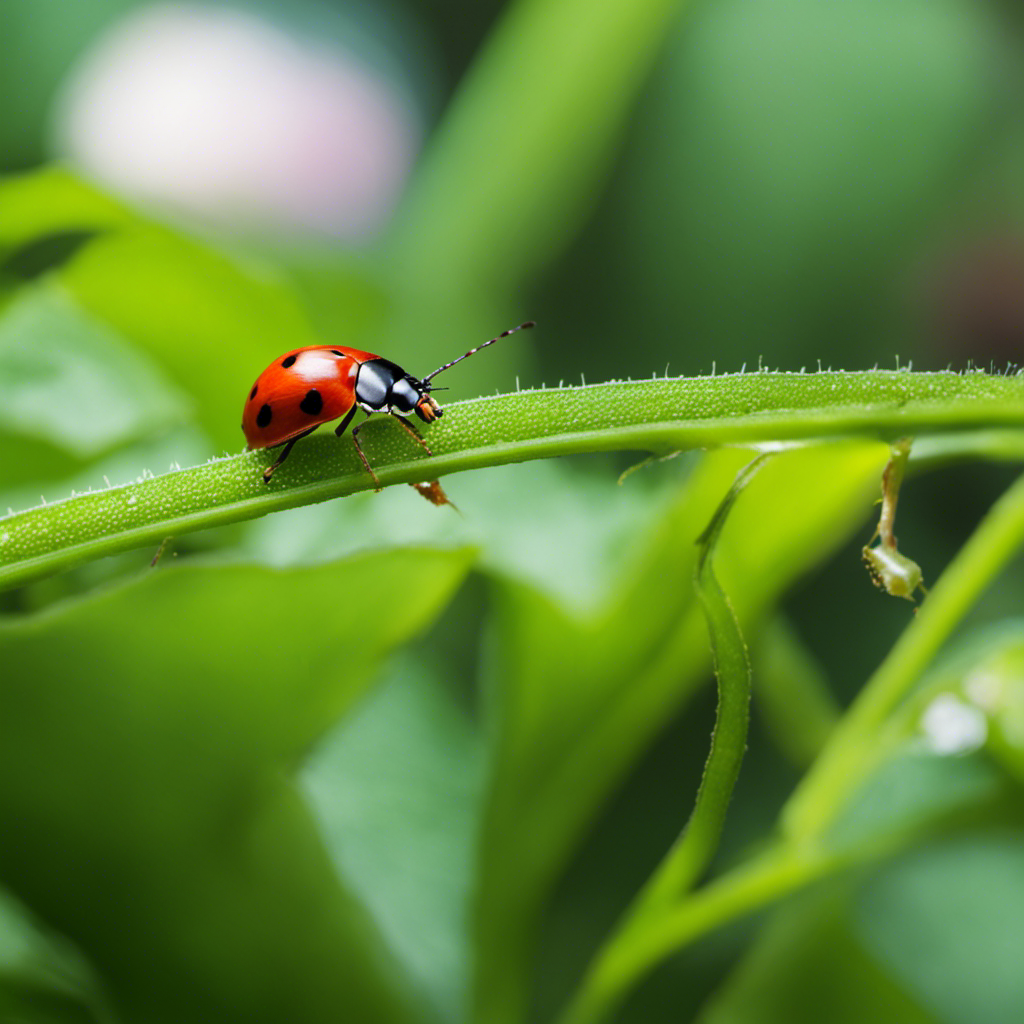
Attracting Beneficial Insects for Natural Pest Control
To invite helpful insects like ladybugs and praying mantises to your garden, it’s important to create a habitat that suits their needs. These beneficial insects act as natural predators, effectively managing pests without resorting to harmful chemicals.
Ladybugs, for instance, prey on aphids, mealybugs, and other soft-bodied pests, while praying mantises target various garden pests, including caterpillars, beetles, and flies.
To encourage the presence of these beneficial insects, you can incorporate a diverse selection of flowering plants that attract them with nectar and pollen. Additionally, provide shelter options like piles of leaves or rocks where they can hide during the day.
It’s crucial to avoid using pesticides as they can harm these helpful insects and disrupt the natural pest control they provide.
Companion Planting

Companion Planting
To improve your garden’s pest control efforts, consider using companion planting in your gardening practices. Companion planting involves strategically planting different crops together to boost their growth and health, while also keeping pests away.
One of the main advantages of companion planting is that it enhances soil health. Certain plants can enrich the soil by fixing nitrogen or accumulating specific nutrients. For example, legumes like beans and peas can fix nitrogen in the soil, which benefits neighboring plants.
Additionally, companion planting can deter pests by using plant varieties that are naturally resistant to them. For instance, planting marigolds alongside vegetables can repel harmful insects like nematodes.
Organic Sprays and Solutions
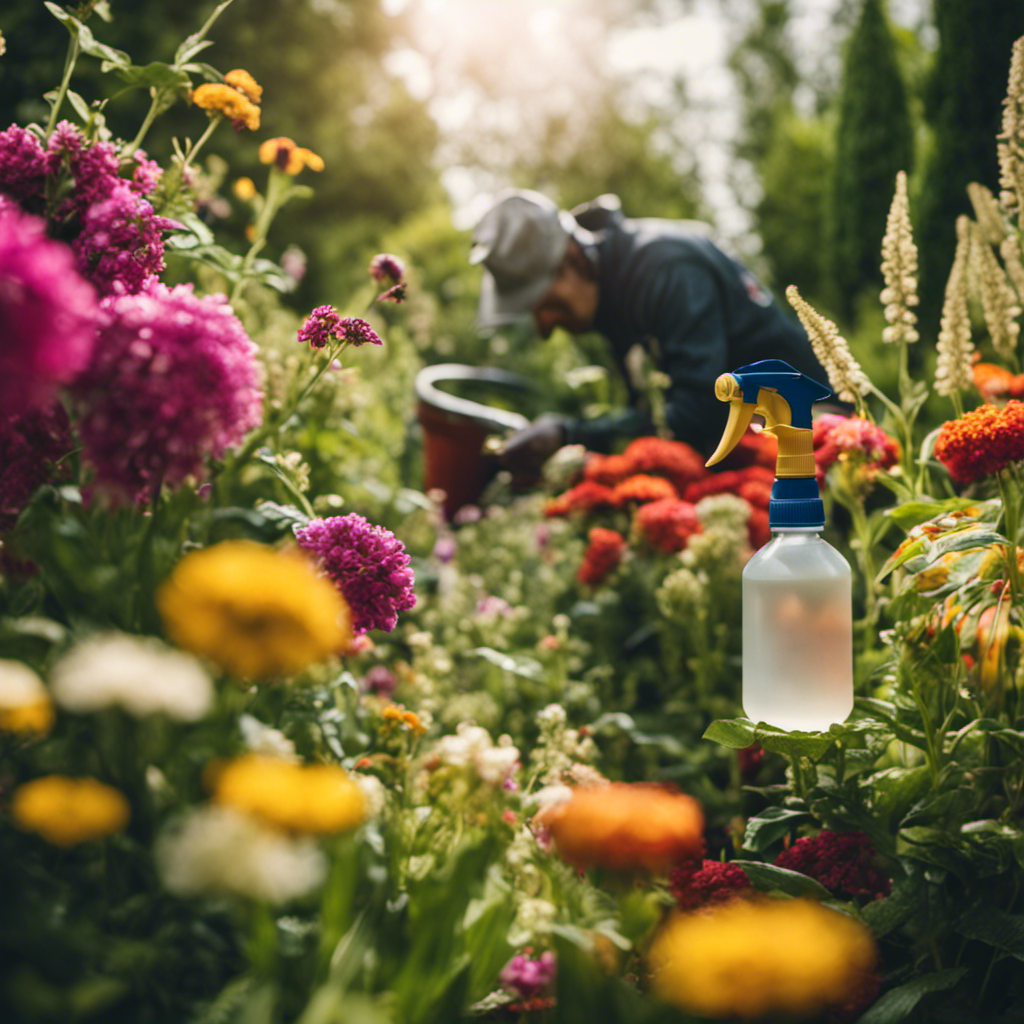
Controlling pests in your garden can be effectively achieved through the use of organic sprays and solutions. These environmentally-friendly alternatives not only safeguard the well-being of your plants but also protect you and your family from harmful chemicals.
The best part is that you can easily create homemade remedies using common household ingredients, saving you money in the process. One simple solution involves combining water, dish soap, and vegetable oil to make a spray that can deter pests. The soap suffocates insects, while the oil acts as a deterrent against feeding on plants.
Another option is to create a garlic spray by blending garlic cloves with water and straining the mixture. The strong odor of garlic repels pests and keeps them away from your precious plants.
Physical Barriers
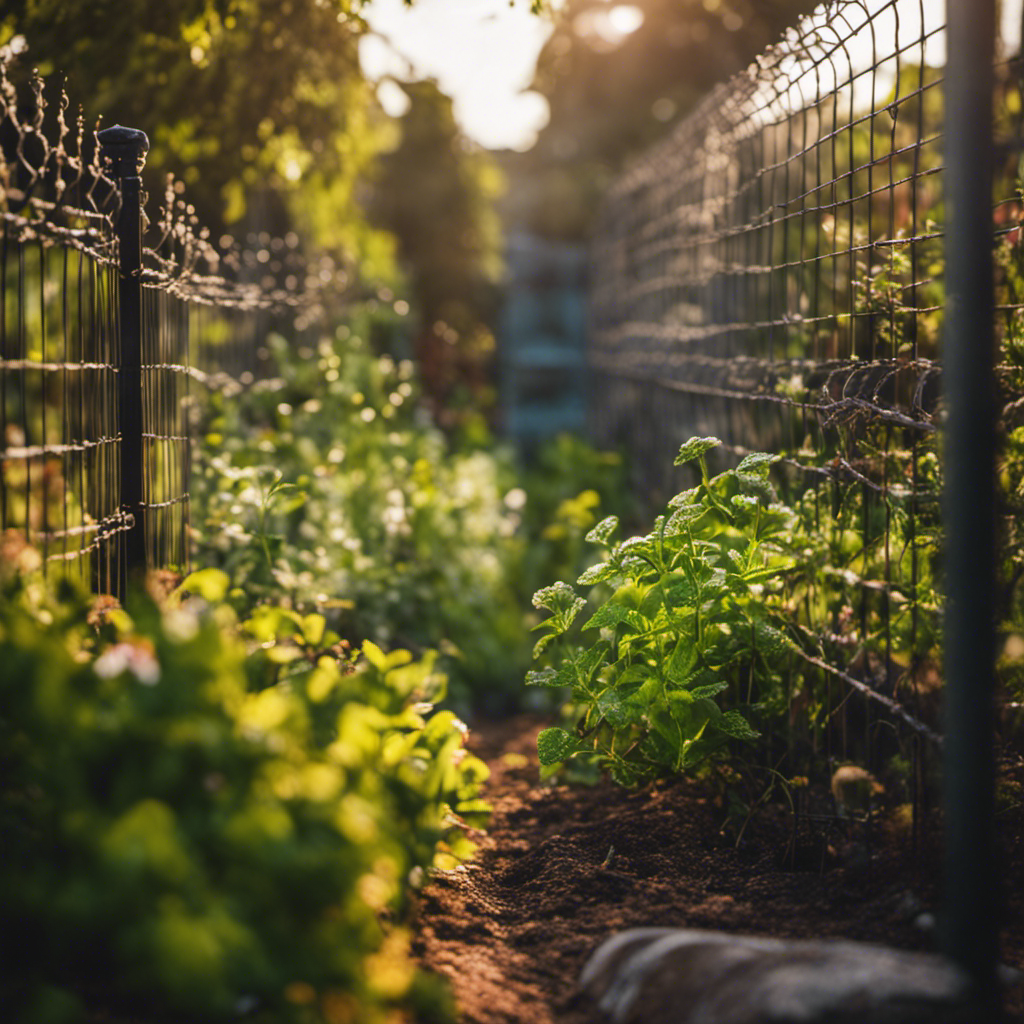
Protecting your garden from pests can be achieved through the use of physical barriers. Here are four effective methods to keep unwanted visitors out of your garden:
-
Vertical Gardening: Utilize trellises, arbors, or fences to create a vertical barrier. This not only saves space but also makes it harder for pests to access your plants.
-
Raised Beds: Construct raised beds to elevate your plants above ground level. This makes it more difficult for pests to reach them. Additionally, the defined borders of raised beds make it easier to install physical barriers such as netting or chicken wire.
-
Floating Row Covers: Cover your plants with lightweight, breathable fabric known as floating row covers. These covers protect your plants from pests while still allowing sunlight and water to reach them.
-
Mesh Netting: Install mesh netting around your garden to physically block pests from entering. This durable barrier can be draped over your plants or secured around the perimeter, effectively keeping pests at bay.
Crop Rotation
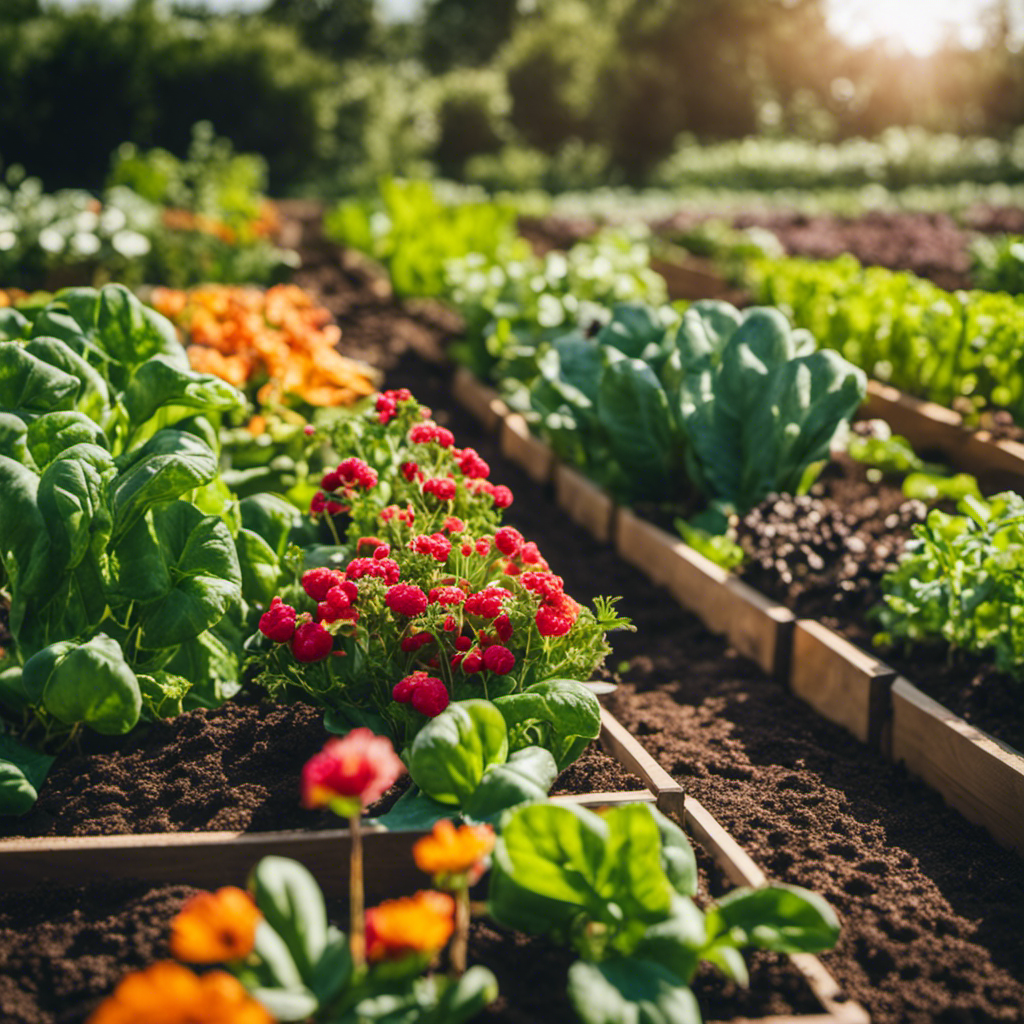
Crop Rotation: Maximizing Garden Health and Productivity
Now that you have established physical barriers to protect your garden from pests, let’s explore the importance of crop rotation. Crop rotation is a crucial practice in gardening that involves planting different crops in different areas of your garden each year. This technique offers numerous benefits, including reducing the risk of pest and disease buildup, improving soil fertility, and maximizing crop yields.
By rotating your crops, you disrupt the life cycle of pests and diseases that may have overwintered in the soil or on plant debris. This disruption helps prevent the buildup of harmful organisms and reduces the need for chemical pesticides. Additionally, crop rotation can enhance soil health by varying the nutrient requirements of different plants and reducing the depletion of specific nutrients.
To create a successful crop rotation plan, it’s essential to choose the right crops for each rotation. Some crops are known for their ability to break pest and disease cycles, while others can improve soil fertility. Here is a table to guide you in selecting the best crops for your crop rotation:
- Legumes: Fixes nitrogen in the soil and improves soil structure.
- Brassicas: Breaks pest and disease cycles and adds organic matter.
- Alliums: Repels pests and diseases while enhancing soil fertility.
- Solanaceous plants: Deters pests and diseases and increases soil nutrients.
By implementing a well-planned crop rotation system and selecting the appropriate crops, you can create a healthy and productive garden while minimizing the need for chemical interventions. Remember to rotate your crops annually to reap the full benefits of this practice.
Happy gardening!
Conclusion
So there you have it, a beginner’s guide to pest-free gardening. With the help of natural predators, companion planting, organic sprays and solutions, physical barriers, and crop rotation, you can create a thriving garden without the hassle of pests.
Now, you might be thinking that all these methods require a lot of effort and time, but once you get into the rhythm of it, it becomes a rewarding and enjoyable experience. Don’t let the fear of pests discourage you from starting your journey as a gardener.
Happy gardening!
Quote: ‘Gardening is a delightful journey that rewards both effort and patience.’
